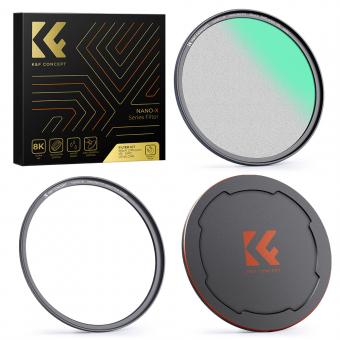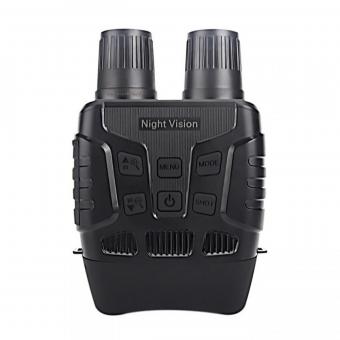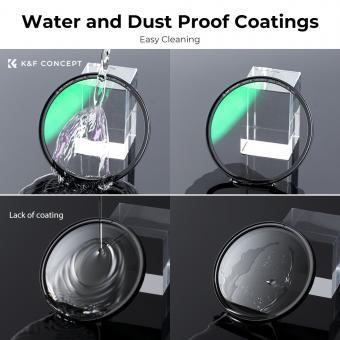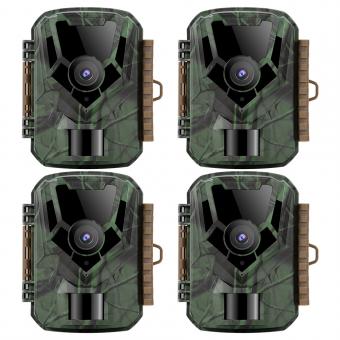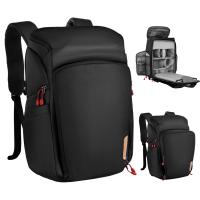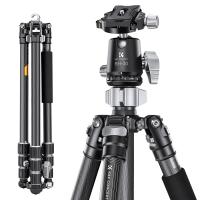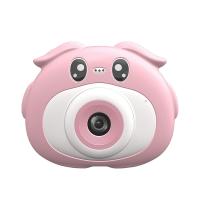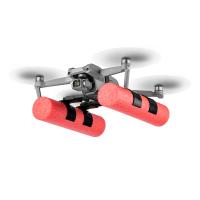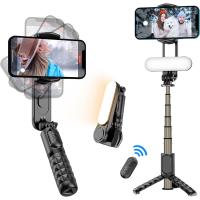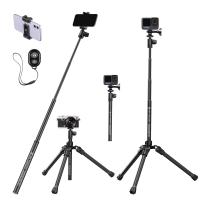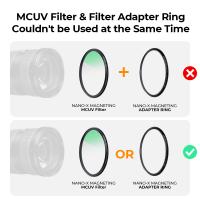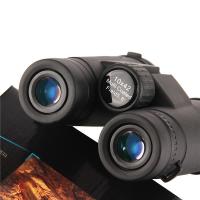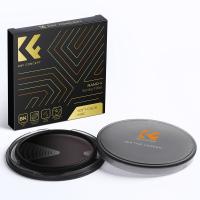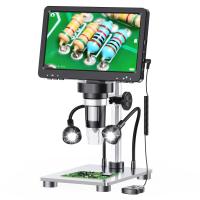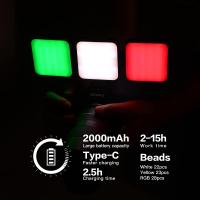How Far Can 10x50 Binoculars See ?
The maximum distance that 10x50 binoculars can see depends on various factors such as atmospheric conditions, the size and contrast of the target, and the observer's eyesight. Generally, 10x50 binoculars have a magnification power of 10x and an objective lens diameter of 50mm. This means that they can make objects appear 10 times closer than they would to the naked eye and gather a significant amount of light for better visibility. However, the actual distance at which you can see clearly will vary. In optimal conditions, these binoculars can provide clear views of objects several hundred yards away, but the level of detail may decrease as the distance increases.
1、 Magnification power of 10x in binoculars.
The magnification power of 10x in binoculars refers to the ability of the binoculars to make an object appear 10 times closer than it actually is to the naked eye. In the case of 10x50 binoculars, the first number (10x) represents the magnification power, while the second number (50) represents the diameter of the objective lens in millimeters.
The magnification power of 10x allows for a significant increase in the level of detail and clarity when observing distant objects. However, it is important to note that the magnification power alone does not determine how far binoculars can see. The distance at which binoculars can see depends on various factors, including the atmospheric conditions, the size and brightness of the object being observed, and the quality of the binoculars themselves.
In general, 10x50 binoculars are considered to have a medium-range viewing capability. They are suitable for a wide range of activities such as birdwatching, wildlife observation, and even stargazing. With these binoculars, you can expect to see objects clearly at distances of several hundred yards or meters.
It is worth mentioning that the field of view may decrease as the magnification power increases. This means that while 10x50 binoculars can provide a closer view of an object, the area visible through the binoculars may be narrower compared to lower magnification binoculars.
In conclusion, 10x50 binoculars offer a good balance between magnification power and field of view. They are capable of providing clear and detailed views of objects at medium-range distances, making them a versatile choice for various outdoor activities.
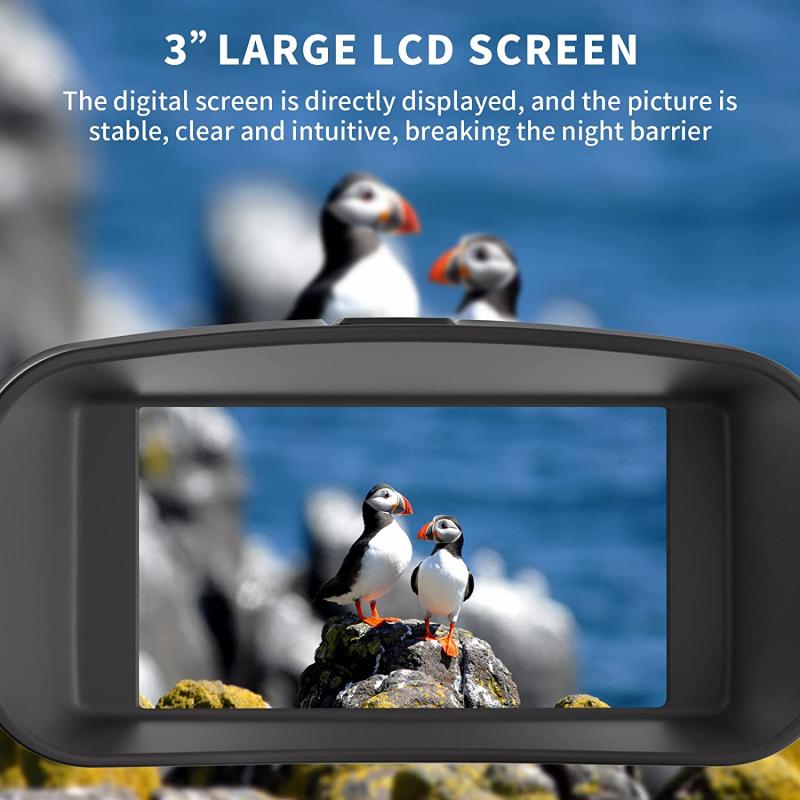
2、 Objective lens diameter of 50mm in binoculars.
The objective lens diameter of 50mm in binoculars refers to the size of the front lenses that gather light and focus it into the binoculars. The larger the objective lens diameter, the more light can enter the binoculars, resulting in brighter and clearer images. However, the objective lens diameter alone does not determine how far binoculars can see.
The magnification power of binoculars is denoted by the first number in the specifications, in this case, 10x. This means that the binoculars can magnify an object 10 times larger than what the naked eye can see. The second number, 50, represents the objective lens diameter.
The maximum distance that binoculars can see depends on various factors, including atmospheric conditions, the size and contrast of the object, and the observer's eyesight. In ideal conditions, binoculars with a 10x magnification can typically see objects up to a few miles away. However, it's important to note that the clarity and detail of the image may decrease as the distance increases.
It's also worth mentioning that the field of view, which is the width of the area visible through the binoculars, decreases as the magnification power increases. This means that while 10x50 binoculars can provide a closer view of distant objects, the field of view may be narrower compared to binoculars with lower magnification.
In conclusion, binoculars with an objective lens diameter of 50mm and a 10x magnification can see objects several miles away under optimal conditions. However, the actual distance and clarity of the image may vary depending on various factors.
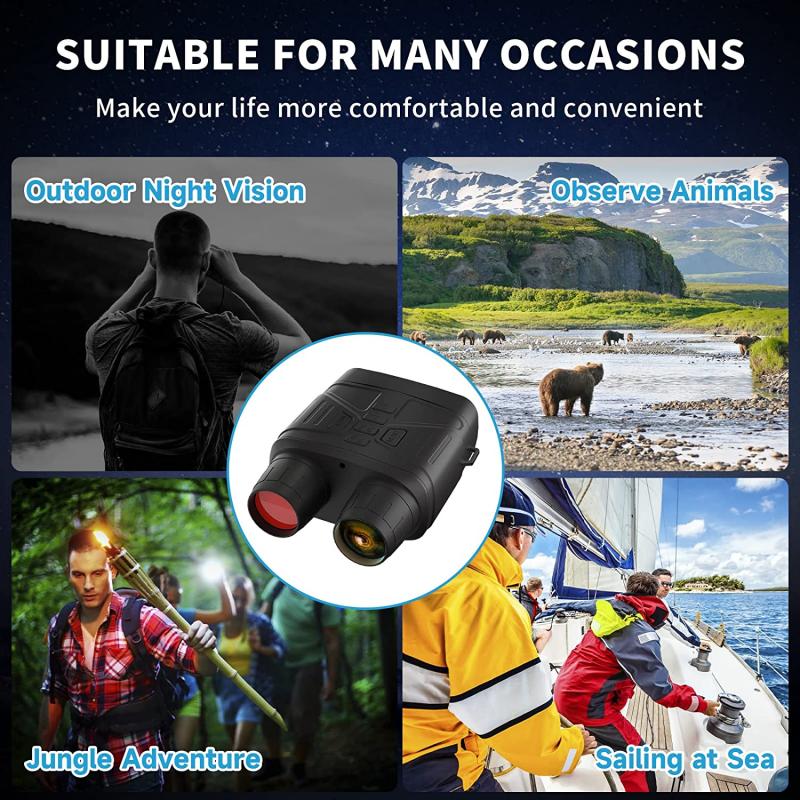
3、 Effective range of binoculars for general observation.
The effective range of binoculars for general observation can vary depending on various factors such as the magnification power, objective lens diameter, atmospheric conditions, and the user's eyesight. In the case of 10x50 binoculars, the first number (10x) represents the magnification power, while the second number (50) indicates the diameter of the objective lens in millimeters.
With a magnification power of 10x, these binoculars can make objects appear ten times closer than they would to the naked eye. However, it's important to note that higher magnification doesn't necessarily mean a clearer or sharper image. The diameter of the objective lens (50mm) determines the amount of light that can enter the binoculars, which affects the brightness and clarity of the image.
In terms of distance, the effective range of 10x50 binoculars for general observation can be quite impressive. Under optimal conditions, they can allow you to see objects that are several miles away. However, it's important to consider that atmospheric conditions, such as haze, fog, or pollution, can significantly reduce visibility.
Additionally, the user's eyesight plays a crucial role in determining the effective range of binoculars. People with better eyesight may be able to see objects at greater distances compared to those with poorer eyesight.
It's worth mentioning that the concept of "effective range" can be subjective and can vary from person to person. Some individuals may have a better ability to focus and perceive details at longer distances, while others may struggle. Therefore, the effective range of binoculars can also depend on the individual user's visual acuity and experience in using binoculars.
In conclusion, 10x50 binoculars can provide a significant boost in magnification and light-gathering capabilities, allowing users to observe objects at considerable distances. However, the effective range can be influenced by various factors, including atmospheric conditions and the user's eyesight.
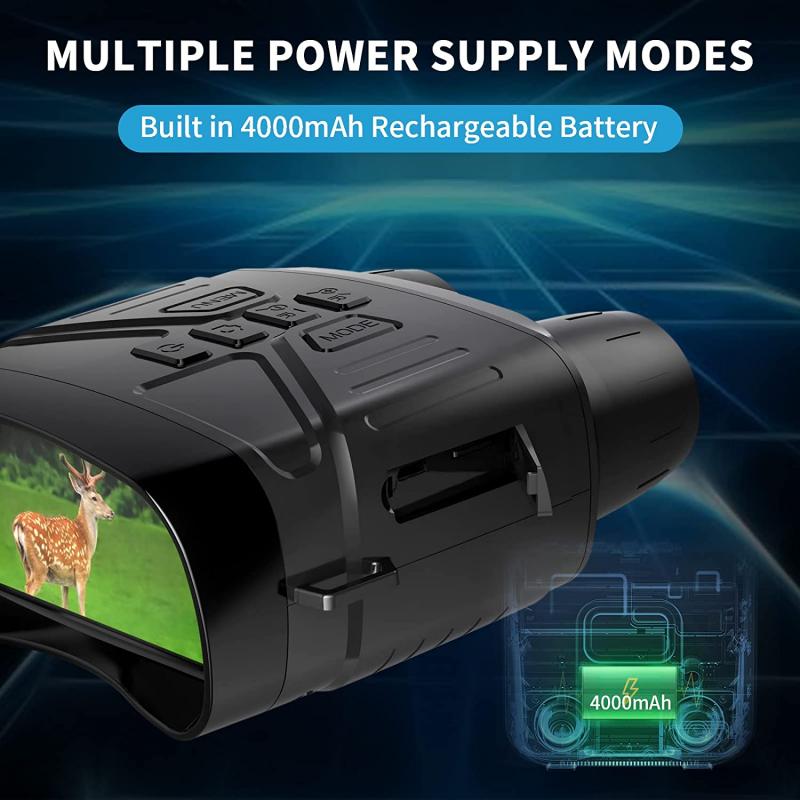
4、 Factors influencing the maximum distance visible with 10x50 binoculars.
Factors influencing the maximum distance visible with 10x50 binoculars include the magnification power, objective lens diameter, atmospheric conditions, and the observer's eyesight.
The magnification power of 10x means that the binoculars can make objects appear 10 times closer than they actually are. However, this does not directly determine the maximum distance visible. The objective lens diameter of 50mm determines the amount of light that can enter the binoculars, which affects the image brightness and clarity. Larger objective lenses allow more light to enter, resulting in a brighter image and potentially better visibility at longer distances.
Atmospheric conditions play a significant role in the maximum distance visible with binoculars. Factors such as humidity, air pollution, and temperature inversions can affect visibility. On clear days with low humidity and minimal air pollution, the maximum distance visible may be greater compared to hazy or foggy conditions.
The observer's eyesight is another crucial factor. People with better eyesight may be able to see objects at longer distances compared to those with poorer eyesight. Additionally, factors such as eye fatigue, eye strain, and the presence of any vision impairments can affect the observer's ability to see distant objects clearly.
It is important to note that the maximum distance visible with binoculars is not a fixed value. It can vary depending on the factors mentioned above. In optimal conditions, 10x50 binoculars can potentially allow the observer to see objects at distances of several kilometers. However, it is worth mentioning that the quality of the binoculars themselves, including the lens coatings and overall build quality, can also influence the maximum distance visible.
In conclusion, the maximum distance visible with 10x50 binoculars is influenced by factors such as magnification power, objective lens diameter, atmospheric conditions, and the observer's eyesight. While these binoculars can potentially allow for long-distance viewing, the actual maximum distance visible can vary depending on the specific circumstances.











